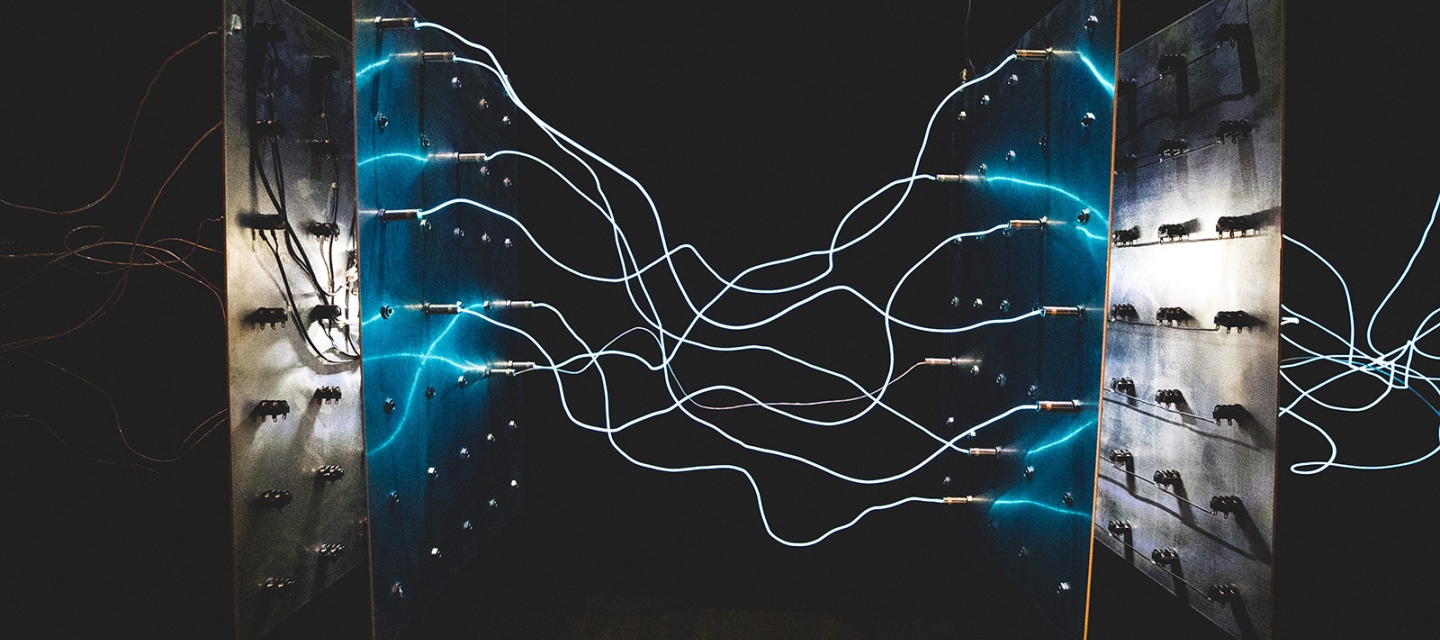
Dr. Pathak's current research primarily focuses on novel functional magnetic materials development, including nanostructured metallic, semiconducting magnetic materials, 2D van der Waals materials, and other novel quantum materials such as recently revealed magnetic topological quantum materials. He is presently researching a few main topics in this area: rare-earth-based skyrmions in ultrathin magnetic multilayer nanostructures, half-metallic ferromagnets, caloric materials, permanent magnets, and atomic-scale design of 2D and 3D layered heterostructures.
Each area focused on a potentially useful class of materials that can have a profound impact on electronics (i.e., spintronics in the case of nano and thin films, room-temperature solid-state refrigeration in the case of caloric systems, wind energy, and hybrid vehicles in the case of the high-performance permanent magnets). Keeping this as the central theme, he has built a strong research program in the area of materials synthesis and studying their electronic, magnetic, and optical properties, with a vision for the “Development of Next-Generation Magnetic Materials for Energy Application.”
Below is a summary of some of the priority research direction and their importance.
Topological Quantum Materials
The interplay between magnetism, correlation, and topology has captured enormous attention due to exotic transport and electronic behavior which can potentially lead to novel quantum phenomena that could bring the future transformative technology. The theoretical prediction and experimental discovery of the topological insulator (TI), a material with an insulating bulk and robust metallic surface states, has directed intense research interest focusing on topological phases of matter characterized by non-trivial topology. To date, several new materials including insulators, semimetals, and metals are predicted to host such non-trivial surface states.
Essentially most of the currently available topological materials are non-magnetic or magnetically ordered at low temperatures. There is an especially urgent need, therefore, to find new magnetism-inspired novel topological phases so that the unique potential of these materials for fundamental science and applications can be explored. Dr. Pathak focuses on research in emergent quantum materials, in particular on discovering novel magnetic topological phases.
The team aims to discover and understand new and exciting magnetically inspired topological phases and study magneto-transport properties which represents a new research direction fully aligned with the basic and applied science initiative of quantum information science for many funding agencies such as the National Science Foundation and the Department of Energy.
Next-generation nanostructured permanent magnets
High-performance permanent magnets are based on rare-earth (RE) metals which are crucial for a growing number of technologies, including Electric Vehicles (EVs) and wind generators. These magnets outperform the best non-RE magnets by a factor of five in energy products. Their remnant magnetization is ~30% higher than the Alnico magnet and their coercivity is greater than that of ferrite magnets. Therefore, the development of high-performance permanent magnets (PMs) that have reduced critical rare earth (RE) has been an intense worldwide research effort due to a concern over the supply risk, and importance to clean energy.
The United States produces less than 10% of the global rare earth mineral supply. Reducing our dependence on foreign countries for these minerals would have a positive effect on our economic security by protecting us from high import costs. On February 22, 2022, the Biden-Harris administration and companies announced a major investment to expand the domestic critical minerals supply chain to become independent of the foreign country. The work on the high-performance permanent magnet that does not relay or has a low concentration of critical minerals is the US national interest.
The team is an expert in designing the new permanent magnet and is especially focusing on the non-rare earth permanent magnets with high coercivity and energy products for our energy strategy. Overall, the team will focus on exploring the new magnetic materials in nanostructured form for next-generation permanent magnets.
Interplay between Magnetism & Solid-State Phase Transitions
In the solid-state, compounds that exhibit phase transformations in response to varying temperature, magnetic field, or pressure are of great interest to basic and applied science. This often results in important properties such as superconductivity, ferroelectricity, magnetostrictive, shape memory effect, magnetoresistance, and magnetocaloric effect. Controlling the phase transition in new forms of intermetallics such as composite, nanoparticles, nano-structures ribbons, or thin films with tailored physical properties could revolutionize many of the current energy technologies, including refrigeration, actuation, and sensing. and therefore, their fundamental understanding is key important. The team is working on materials discovery with the desire for magnetic and structural phase transitions, and microstructure engineering by solid-state synthesis, mechanochemical, and rapidly solidifying cooling process.
Collaborative projects within the Center
Dr. Pathak’s research is also aligned with Dr. Ahmed and Dr. Carbonara to study the electronic structure as well as the high-throughput materials design, discovery, and understanding of novel physical properties.

